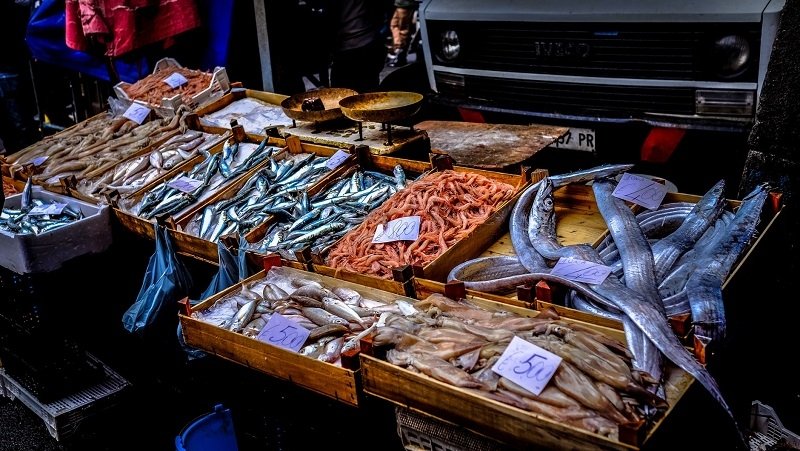

In this post, we reveal everything you need to know about eating choosing seafood and cooking it correctly.
Not only is fish delicious, but it is healthy and easy to prepare as well. It is a fantastic source of omega-3 fatty acids, which ensures your body, brain, heart and joints function at their best. Fish is also a high source of protein and is low in saturated fat, which is why it is key in metabolic renewal. When cooked properly you can benefit from the most exquisite flavours. Nonetheless, if you want to experience maximum flavour and optimal health benefits, it all begins with choosing your fish carefully.
How to choose fresh fish
When choosing fresh fillets you must check for the following:
- Make sure the skin is not ragged and that the fillet is cut cleanly.
- When assessing the liquid-like mucous that covers the surface of the flesh you need to make sure it does not have an opaque appearance. This is an indication that the fish is not fresh. Instead, make sure it is glossy and transparent.
- The flesh should be shiny, robust and firm. Make sure it is not dry.
- Fillets decompose quicker than whole fish does. If you can smell anything pungent or off-putting you should stay away from this.
When choosing fresh whole fish you must check for the following:
- Stay away from fish with a shrivelled or distended belly.
- The skin should be glistening. It must appear clean and taut. Essentially it should not look too much different to when the fish was alive.
- One of the primary tips in this food buying guide is to look for gills that are bright red. This is a great indicator of freshness.
- You also have to be mindful of odour, as mentioned in regards to fish fillets.
- The eyes mustn’t look sunken or cloudy. They should be clear and bright.
How to choose frozen fish
- Look for signs of ice crystals or frost. Of course you will only be able to do this if the package cover is transparent. Nevertheless, if you have the ability to see inside the package and can see frost or ice crystals you should choose another package, as the fish has likely been thawed and refrozen or stored for a long time.
- When buying frozen seafood, stay away from fish that is stored at the top, or above the frost line, of the freezer case.
- Make sure the package is not crushed on the edges, torn or open, before you purchase.
How to choose seafood
- Crab – Make sure frozen soft-shell blue crabs are solidly frozen. If you are buying fresh soft-shell crabs they must be free of odour and have a moist appearance. Fresh hard-shelled crabs are sold either as cooked meat or alive.
- Lobsters – You can buy both frozen and live lobsters. If you go for the latter, make sure the lobster is active. When you pick it up its tail should curl under.
- Shrimp – Fresh shrimp have a mild odour and a firm texture. Nonetheless, only two per cent of shrimp is sold fresh. When buying frozen shrimp it is better to go for headless raw shrimp as opposed to frozen cooked shrimp.
- Oysters – When buying live oysters the shell must be closed tightly. They will remain alive if you store them for approximately a week in a refrigerator at 35-40 Fahrenheit without ice.
- Clams and Mussels – Mussels and clams should be alive when you buy them. They will give off a sweet smell and their shells will be closed.
All in all, if you use this fish cooking guide and buying guide, you can be sure of a tasty and healthy meal.